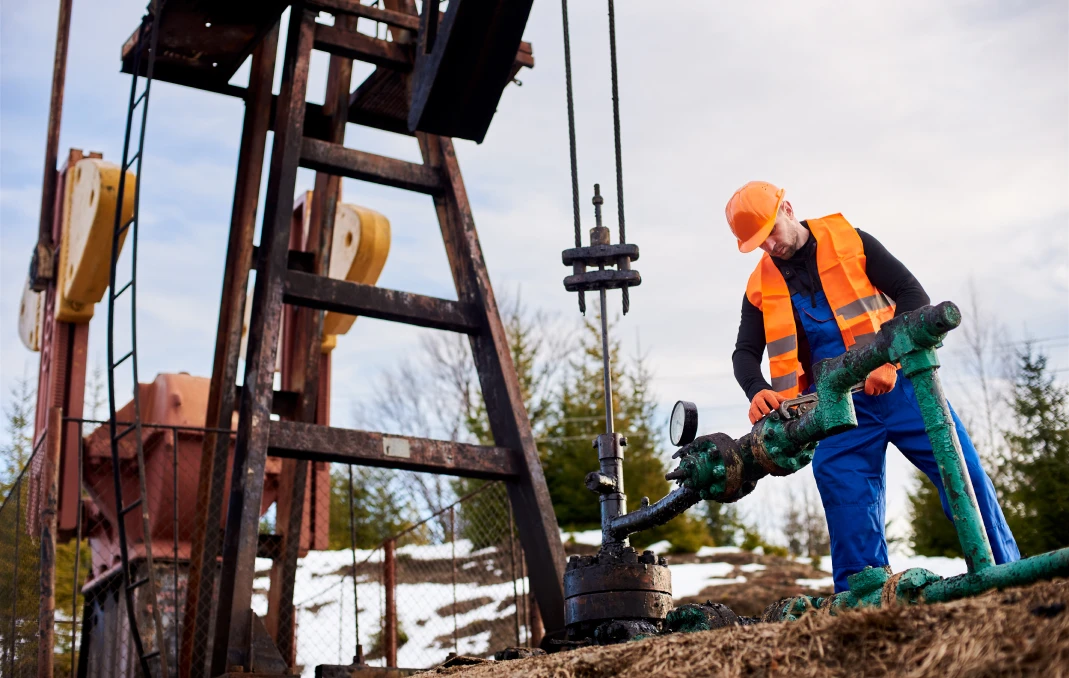Each hydrocarbon reservoir has its own characteristics set that make it unique. BCR-SUPPLY, we develop technologies for well productivity to the next level. BCR-NANO-RPM®, improves the reservoir permeability, by nanometric structures adsorption, separates the crude oil from the rock and causes it to migrate naturally to the drainage points in the well through gravitational forces while maintaining water in the reservoir.
Our experts study the wells on their own to find a customized solution for each one. Our experts team has extensive scientific, technical and operational knowledge that is ready to help when disruptive solutions are needed. Our approach integrates technical aspects, seeking to balance science with the best commercial interests by creating cost-effective solutions to meet our customers' requirements.
Add value to client companies, through the integrated provision specialized technical services and the innovative technologies application that optimize the oil exploitation profitability (mainly medium, heavy and extra-heavy) and allow reducing the water cut in the wells and increasing the production.
In displacement tests, when applied to three heavy and extra-heavy oil fields with a single BCR-NANO-RPM® formulation, it shows an improvement in the recovery factor in all cases. BCR-NANO-RPM® muestra una mejora en el factor de recuperación en todos los casos.
BCR-WATER INYECCIÓN IMPROVED®
In displacement tests, when applied to three heavy and extra-heavy oil fields with a single BCR-NANO-RPM® formulation, it shows an improvement in the recovery factor in all cases.
- It has the ability to modify the forces that govern the fluids flow in porous media, allowing oil to slide through a film of water that adheres to the rock, giving greater preponderance to gravitational forces over viscous forces.
- It allows you to make the most of existing infrastructure and wells. Optimize surface networks.

WATER CONFORMANCE
Currently, oil production is affected by the increase in obtaining associated water, which is why the industry invests in generating research that solves this problem type. Polymers have long been the main assistants in minimizing this excessive water production, through the use of gelling systems, microgels, colloidal dispersion gels, particulate gels, nanogels, interpenetrated networks, hydrophobically modified polymers, among others.
The sealing and non-sealing materials are injected into the reservoir so that they form a barrier that prevents the any fluid passage found in the reservoir, minimizing the water extraction and crude oil maximizing. On the other hand, water-soluble polymers are systems capable of being absorbed in the reservoir, causing a reduction in the rock permeability to water, which prevents the crude oil from being extracted with a high water cut.
In Colombia, around 60% of the reservoirs subjected to water injection, with maintaining reservoir pressure purpose and improving areal sweep efficiency due to the effect of the permeabilities heterogeneity and the water-oil viscosity contrast, present the problem of travel through preferential zones, which reduce the potential for sweeping crude oil zones.
TECHNOLOGY AVAILABLE FOR WATER CONFORMANCE.
- BCR-BLOCK-BK® (100°F -240°F)
- BCR-BLOCK-HT® (240°F-300°F)
- BCR-BLOCK-UHT® (300°F-360°F)
Water-soluble polymer-based formulations with a cross-linking agent. At reservoir conditions (Ty P), they form a three-dimensional network that traps water inside. The gel forms within the reservoir and once formed, reduces the permeability of the medium
Features and Benefits
- High seal capacity.
- Adsorption capacity with formation.
- They have low concentrations of Polymers and crosslinkers.
- It can be applied in salinity ranges up to 300,000 ppm.
- Good injectivity.
- Necessary deformation capacity, in order to enter preferential porous water channels.
- Low extrusion ratio.
- Good sliding effect on fracture.
- Thermal stability.
What we offer:
- Identification and diagnosis.
- Analysis strategy
- Production behavior, neighbor analysis, petrophysical analysis, diagnostic curves, cementation records, production and saturation records.
- Treatment design.
- Field application.
- Post-monitoring of application.

